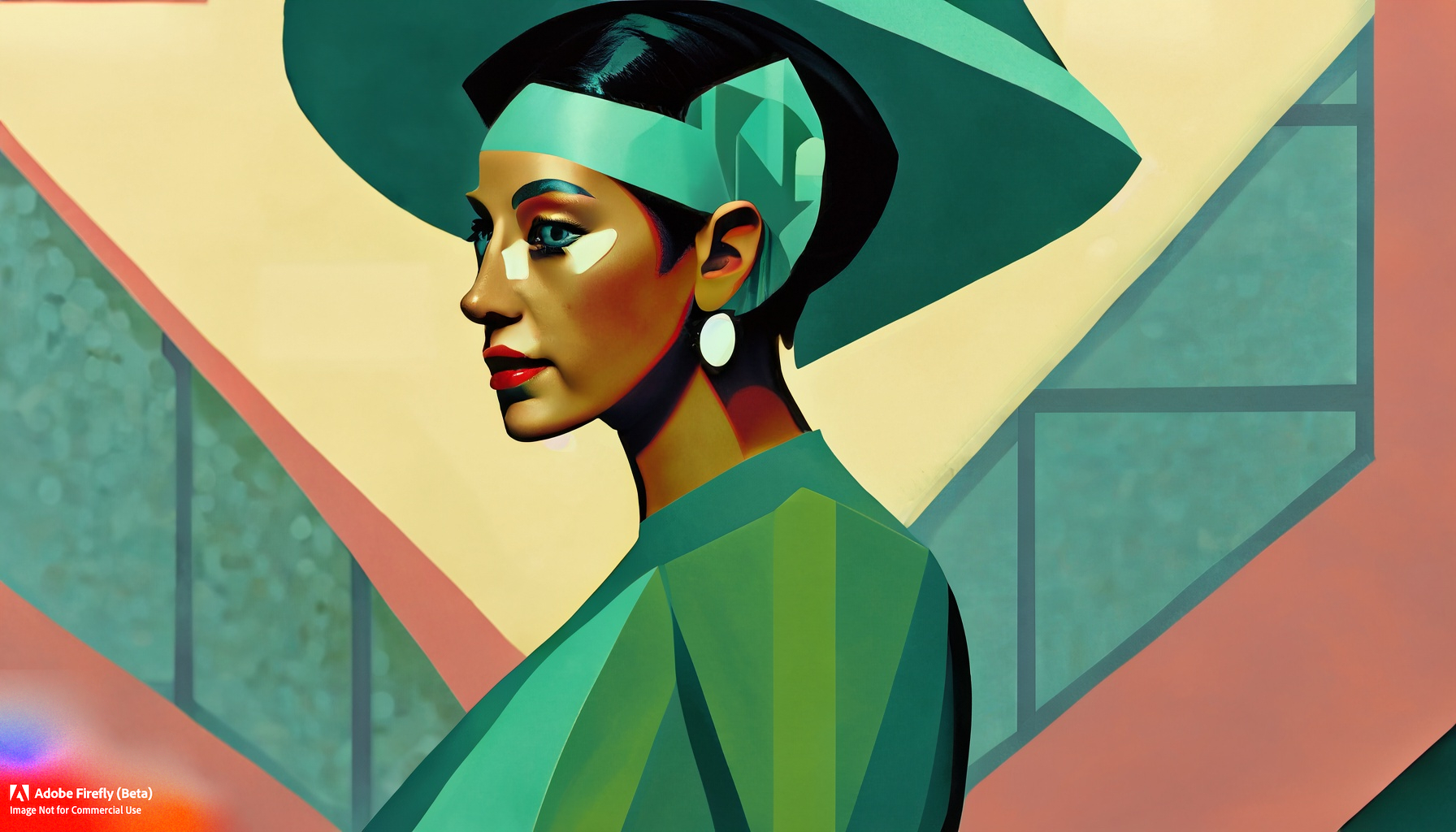Art has always been a reflection of human creativity and imagination. In the ever-evolving landscape of technology, Artificial Intelligence (AI) and Generative AI are revolutionizing the way we perceive and create art. This blog post delves into the exciting possibilities and the transformative impact of AI in shaping the future of artistic expression.
- The Rise of Artificial Creativity:
AI technologies, such as Generative Adversarial Networks (GANs) and deep learning algorithms, are enabling machines to generate art autonomously. With access to vast datasets, AI systems can analyze and learn patterns, creating original artwork that challenges traditional notions of creativity and pushes the boundaries of artistic exploration.
- Expanding the Artistic Palette:
Generative AI offers artists new tools to expand their creative palette. By combining their artistic vision with AI algorithms, artists can explore uncharted territories, uncovering unique styles, and experimenting with novel mediums. The fusion of human and machine creativity opens doors to innovative artistic expressions that were previously unimaginable.
- Enhancing the Creative Process:
AI acts as a collaborator and muse for artists, enhancing the creative process. Through interactive AI platforms, artists can receive suggestions, generate ideas, and explore various artistic possibilities. AI can serve as a source of inspiration, prompting artists to think beyond their comfort zones and discover new perspectives.
- Democratizing Artistic Expression:
AI technology brings art to the masses by democratizing artistic expression. With AI-powered tools, individuals with limited artistic training can engage in the creative process, producing stunning visuals and designs. This inclusivity fosters a vibrant artistic community, where diverse voices and visions flourish.
- Pushing Boundaries and Inspiring Innovation:
Generative AI encourages experimentation and innovation in art. Artists can combine AI algorithms with traditional techniques or explore emerging forms, such as interactive installations and virtual reality experiences. AI enables artists to push the boundaries of creativity, constantly reinventing art and challenging conventional norms.
- Preserving and Evolving Artistic Heritage:
AI plays a crucial role in preserving and evolving artistic heritage. By analyzing vast collections of artworks, AI algorithms can identify patterns, styles, and influences, aiding in the restoration of damaged pieces and offering insights into historical artistic movements. AI also serves as a platform for artists to reinterpret and evolve traditional art forms in contemporary contexts.
- Ethical Considerations and Human Ingenuity:
While AI empowers artistic exploration, ethical considerations must accompany its integration into the art world. Questions surrounding authorship, attribution, and the ethical use of AI-generated art need careful examination. It is essential to acknowledge that AI is a tool that augments human ingenuity, and the human artist remains integral to the creative process.
Conclusion:
The future of art intertwines with Artificial Intelligence and Generative AI, opening up infinite possibilities for artistic expression, innovation, and collaboration. As AI continues to evolve, it is crucial to foster a dialogue that explores the ethical implications and ensures that human creativity remains at the heart of artistic endeavors. By embracing AI as a powerful ally, artists can unleash their imaginations and redefine the boundaries of art, ushering in a new era of artistic exploration and inspiration.
